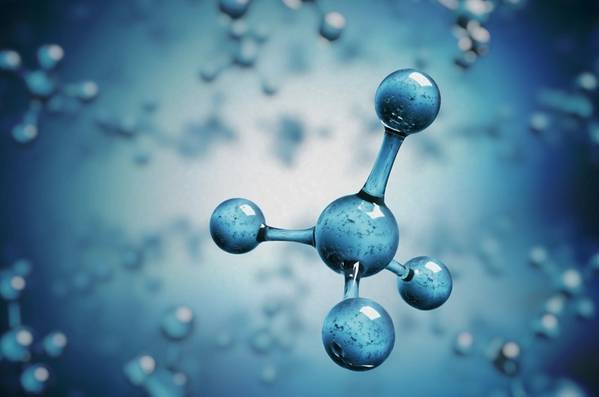
Texas-based oilfield services and technology company GPS International has informed that it has completed Phase 2 field testing of its patent-pending method to cut methane from natural gas, accomplishing "a vast visible discharged reduction in Methane (CH₄) exhaust emissions."
According to GPS, which said it had achieved these results "utilizing a method employing environmentally friendly chemical technology," particulate measurement points illustrated an estimated +60% noticeable flare plume (emissions) and hydrocarbon smoke reduction.
GPS’ CEO, Alicia Heiskell, praised the testing results and said she believed in supporting greenhouse emissions reduction by employing environmentally friendly chemical technology.
"GPS’ goal was to reduce Methane (CH₄) emissions from Natural Gas (NG) utilizing GPS’ patent-pending technique delivering a chemical mist to effluent Methane (CH₄), initiating a permanent change to its molecular structure and ensuring that the Carbon and Hydrogen atoms could not recombine during the field flare tests - ultimately producing a non-explosive and nonflammable vapor," GPS said.
GPS, whose focus was to evaluate and validate the ability to reduce flared emission gases said that the technology was applicable for E&P operators, including Upstream, Midstream and Downstream flaring or venting operations.
While the technique was tested on a production site in Pacos, Texas, in an email sent to Offshore Engineer, Ms. Heiskell said the application can be applied to offshore production facilities, too.
Offshore Engineer asked Ms. Heiskell to share more info on the solution, what the next step was, and how an offshore operator could use it.
Ms. Heiskell said: "This is a combination of both method and chemicals. Our next step is to source funding to do the next stages of testing and expand it to market.
"If you were an offshore operator and wanted to cut emissions, then we would work a design to fit application and install it. Our full-scale model would have 24/7 computer monitoring. This would give feedback on flow rates, chemical usage, and emissions monitoring."